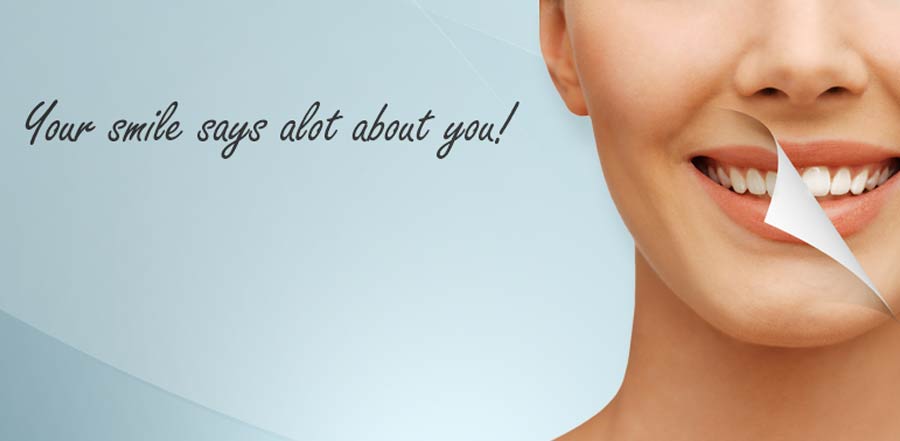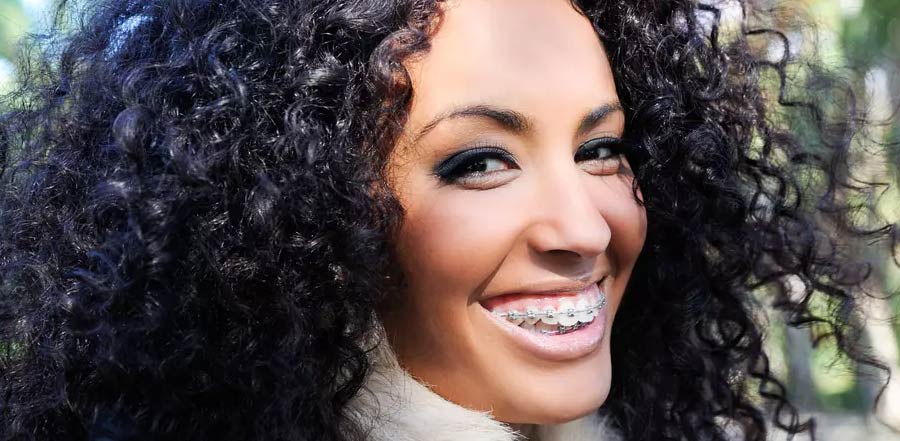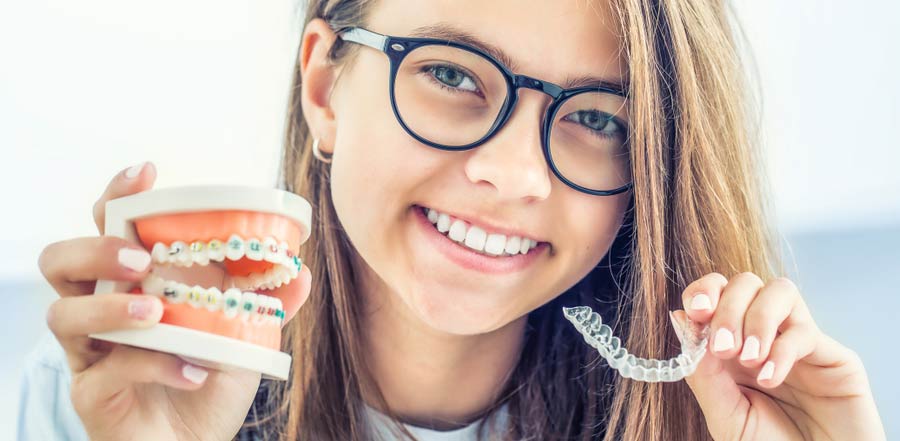Clear Braces in Miami-Dade
Looking for Clear Braces in Miami-Dade? Dr. Carmen Briceño Crespi of Miami Lakes Orthodonitcs is a leading provider of orthodontic braces in Miami-Dade. Not only for teens and kids anymore, these days a lot of adults have been going the extra mile to get braces, also. Whether to improve longstanding dental problems such as closing off gaps or to improve façade, there are several developments and corrections in orthodontics dentistry now, making braces as an option for many people.
Braces primarily fix crooked teeth, and that is what we think of whenever braces are talked about. By setting the teeth into more correct position by way of metal supports affixed to the teeth and wires that get made tighter over time, it is possible to gradually ease teeth into new and better positions. This does happen slowly – sometimes years – yet still, its long lasting outcome might be well worth it. Typically, braces for children are put on teenagers and adolescences as their teeth are still shaping, but with advancements you could find braces offered to people wanting to handle dental problems by realigning their teeth. Not only do braces help improve an individual’s appearance, but they also adjust more dental worries that could come from possessing uneven teeth or a bad bite. Difficulties like extreme rotten teeth, untimely enamel erosion, packed teeth, occlusions, and jawline misalignment can be talked about over time with braces.
Where to Get Clear Braces in Miami-Dade?
Orthodontic Braces carry a stereotype of being just for children for some reason. Several years ago, it was thought that it was only possible to adjust the placement of teeth or fix dental issues with braces while a person was younger and their teeth were still growing. A belief that has ever since been proven to be a sham, with the fact being that even adult teeth will be repositioned and bone growth could persist, helping to keep adjusted teeth in their new and accurate spot.
Similarly, because of how awkward and ugly braces was, there wasn’t many adults interested in wearing them. Seeing as a normal older person’s day comprises of being at work most of the day, and addressing various people in a number of personal and professional situations, braces were often deemed rough for who wears it, with the majority deciding to basically keep their teeth as they were. But, not only has it been established that it is entirely doable to fix mature teeth, the health values derived from correcting dental problems could make it useful at any age. It can take longer for mature teeth to ease into their new positions needing more mature patients to keep on their braces for more time than younger patients, but the benefits still outweigh the downsides.
This is especially so considering the great, new braces accessable now that patients can wear easily, like Clear Braces, Metal Braces, Lingual Braces, and Self-Ligating Braces; and snap-in retainers which must be in place specific times of the day and left off others. There are various new braces obtainable for people of all age to have their teeth adjusted, giving them not only a beautiful smile and the health advantages that go along with neet teeth and a correct bite. For more info in regards to the orthodontic services in Miami-Dade offered by Dr. Crespi of Lakes Ortho, please visit at our blog.
Trending Blog Post About Clear Braces in Miami-Dade
Why Invisalign is the Best Choice
A lot has happened throughout the last two decades when it comes to the orthodontic dentistry. Subtler tooth correction options are now available to both children [...]
The Impact Of a Child’s Smile On Their Life
Why braces are a great investment for your kid’s future. I am the proud parent of two beautiful daughters and the co-owner of a successful orthodontic [...]
Orthodontists Are The Best Choice For Invisalign!
Have you ever wondered what type of dentist you should see if you or your child needs braces or Invisalign? Millions of people around the world [...]





